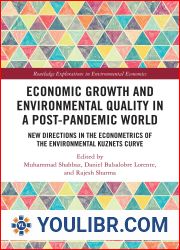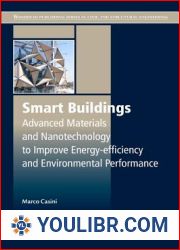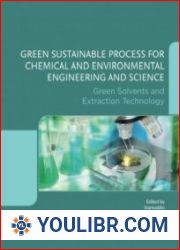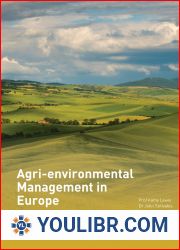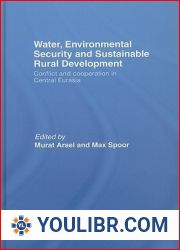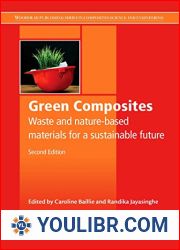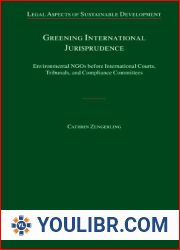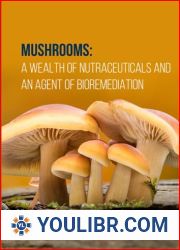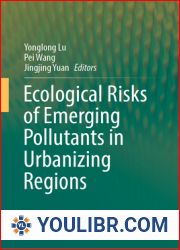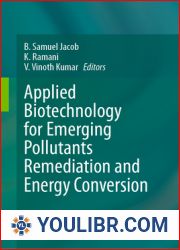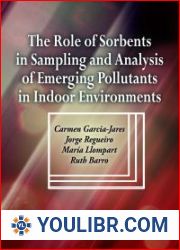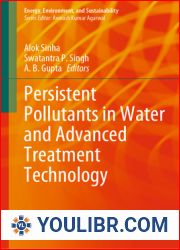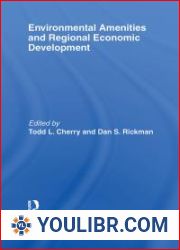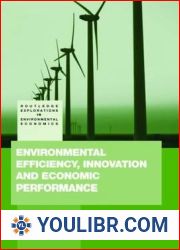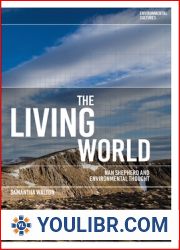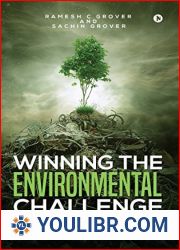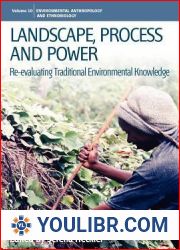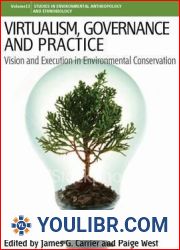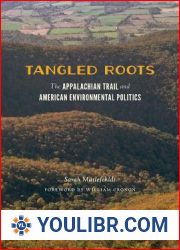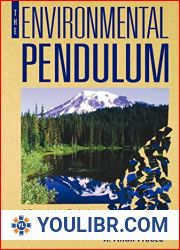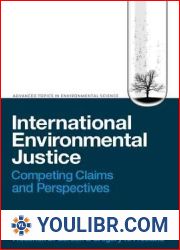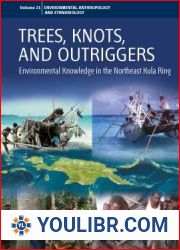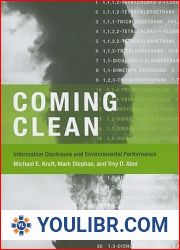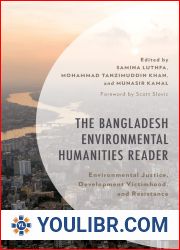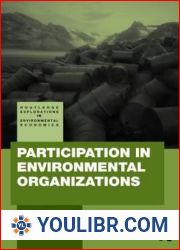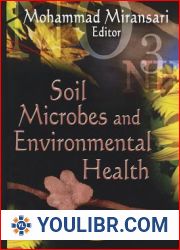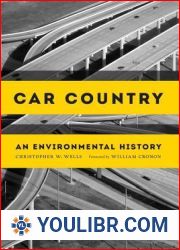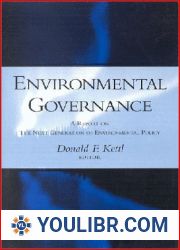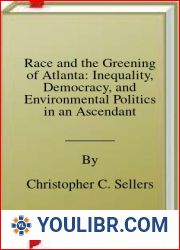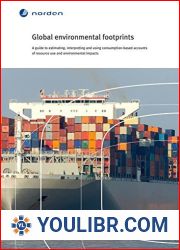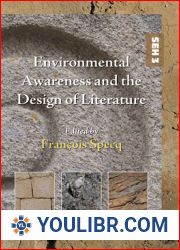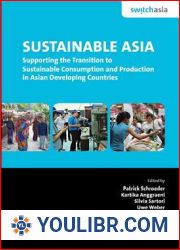
BOOKS - Bioremediation for Environmental Pollutants (Sustainable Materials)

Bioremediation for Environmental Pollutants (Sustainable Materials)
Author: Inamuddin
Year: April 26, 2023
Format: PDF
File size: PDF 53 MB
Language: English

Year: April 26, 2023
Format: PDF
File size: PDF 53 MB
Language: English

Book Description: Bioremediation for Environmental Pollutants: Sustainable Materials In today's world, the increasing industrial and agricultural activities have led to the contamination of the earth's soil and groundwater resources with hazardous chemicals. The presence of heavy metals, dyes, fluorides, dissolved solids, and many other pollutants used in industry and agriculture are responsible for hazardous levels of water pollution. The removal of these pollutants from water resources is a significant challenge. Bioremediation is a new technique that employs living organisms, usually bacteria and fungi, to remove pollutants from soil and water, preferably in situ. This approach is more cost-effective than traditional techniques such as incineration of soils and carbon filtration of water. It requires understanding how organisms consume and transform polluting chemicals, survive in polluted environments, and how they should be employed in the field. Bioremediation for Environmental Pollutants discusses the latest research in green chemistry and practices and principles involved in quality improvement of water by remediation. It covers different aspects of environmental problems and their remedies with up-to-date developments in the field of bioremediation of industrial environmental pollutants. Volume 1 focuses on the bioremediation of heavy metals, pesticides, textile dyes removal, petroleum hydrocarbon, microplastics, and plastics.
Биоремедиация загрязнителей окружающей среды: устойчивые материалы В современном мире растущая промышленная и сельскохозяйственная деятельность привела к загрязнению земной почвы и ресурсов подземных вод опасными химическими веществами. Наличие тяжелых металлов, красителей, фторидов, растворенных твердых веществ и многих других загрязнителей, используемых в промышленности и сельском хозяйстве, является причиной опасных уровней загрязнения воды. Удаление этих загрязняющих веществ из водных ресурсов является серьезной проблемой. Биоремедиация - это новый метод, в котором используются живые организмы, обычно бактерии и грибы, для удаления загрязняющих веществ из почвы и воды, предпочтительно in situ. Этот подход более рентабелен, чем традиционные методы, такие как сжигание почв и угольная фильтрация воды. Это требует понимания того, как организмы потребляют и преобразуют загрязняющие химические вещества, выживают в загрязненной окружающей среде и как их следует использовать в полевых условиях. Биоремедиация для загрязнителей окружающей среды обсуждает последние исследования в области зеленой химии, а также практики и принципы, связанные с улучшением качества воды путем восстановления. Он охватывает различные аспекты экологических проблем и их решения с современными разработками в области биоремедиации промышленных загрязнителей окружающей среды. Том 1 посвящен биоремедиации тяжелых металлов, пестицидов, удалению текстильных красителей, нефтяных углеводородов, микропластиков и пластмасс.
Bioremédiation des polluants environnementaux : matériaux durables Dans le monde d'aujourd'hui, la croissance des activités industrielles et agricoles a entraîné la pollution des sols terrestres et des ressources en eaux souterraines par des produits chimiques dangereux. La présence de métaux lourds, de colorants, de fluorures, de solides dissous et de nombreux autres polluants utilisés dans l'industrie et l'agriculture est à l'origine de niveaux dangereux de pollution de l'eau. L'élimination de ces polluants de l'eau est un problème majeur. La bioremédiation est une nouvelle méthode qui utilise des organismes vivants, généralement des bactéries et des champignons, pour éliminer les contaminants du sol et de l'eau, de préférence in situ. Cette approche est plus rentable que les méthodes traditionnelles telles que la combustion des sols et la filtration de l'eau au charbon. Il faut donc comprendre comment les organismes consomment et transforment les contaminants, survivre dans un environnement contaminé et comment ils devraient être utilisés sur le terrain. La bioremédiation des polluants environnementaux traite des recherches récentes dans le domaine de la chimie verte, ainsi que des pratiques et des principes liés à l'amélioration de la qualité de l'eau par la récupération. Il couvre différents aspects des problèmes environnementaux et de leurs solutions avec les développements modernes dans le domaine de la bioremédiation des polluants industriels. volume 1 traite de la bioremédiation des métaux lourds, des pesticides, de l'élimination des colorants textiles, des hydrocarbures pétroliers, des microplastiques et des plastiques.
Biorremediación de contaminantes ambientales: materiales sostenibles En el mundo actual, la creciente actividad industrial y agrícola ha provocado la contaminación del suelo terrestre y los recursos de aguas subterráneas por productos químicos peligrosos. La presencia de metales pesados, colorantes, fluoruros, sólidos disueltos y muchos otros contaminantes utilizados en la industria y la agricultura es la causa de los niveles peligrosos de contaminación del agua. La eliminación de estos contaminantes de los recursos hídricos es un problema importante. La biorremediación es una nueva técnica que utiliza organismos vivos, generalmente bacterias y hongos, para eliminar contaminantes del suelo y del agua, preferentemente in situ. Este enfoque es más rentable que las técnicas tradicionales, como la quema de suelos y la filtración de agua a carbón. Esto requiere comprender cómo los organismos consumen y transforman sustancias químicas contaminantes, sobreviven en un ambiente contaminado y cómo deben usarse en el campo. Biorremediation for Environmental Contaminers analiza las últimas investigaciones en química verde, así como las prácticas y principios relacionados con la mejora de la calidad del agua a través de la recuperación. Abarca diversos aspectos de los problemas medioambientales y sus soluciones con la evolución moderna en el campo de la biorremediación de contaminantes ambientales industriales. volumen 1 se dedica a la biorremediación de metales pesados, pesticidas, eliminación de tintes textiles, hidrocarburos de petróleo, microplásticos y plásticos.
Bioremediamento degli inquinanti ambientali: materiali sostenibili Nel mondo attuale, la crescente attività industriale e agricola ha causato l'inquinamento del suolo terrestre e delle risorse delle acque sotterranee con pericolose sostanze chimiche. La presenza di metalli pesanti, coloranti, fluoruri, solidi dissolti e molti altri inquinanti utilizzati nell'industria e nell'agricoltura è causa di livelli pericolosi di inquinamento dell'acqua. Rimuovere questi inquinanti dalle risorse idriche è un problema serio. La bioremediazione è un nuovo metodo che utilizza organismi viventi, solitamente batteri e funghi, per rimuovere sostanze inquinanti dal suolo e dall'acqua, preferibilmente in situ. Questo approccio è più rapido rispetto ai metodi tradizionali, come la combustione del suolo e il filtraggio a carbone dell'acqua. Ciò richiede di capire come gli organismi consumano e trasformano sostanze chimiche inquinanti, sopravvivono in un ambiente inquinato e come dovrebbero essere usati sul campo. La bioimediazione per gli inquinanti ambientali discute di studi recenti in materia di chimica verde, nonché di pratiche e principi per migliorare la qualità dell'acqua attraverso il recupero. Esso comprende diversi aspetti delle problematiche ambientali e le loro soluzioni con gli sviluppi moderni nel campo della bioimediazione degli inquinanti industriali ambientali. Il volume 1 è dedicato alla bioremediazione di metalli pesanti, pesticidi, rimozione di coloranti tessili, idrocarburi petroliferi, microplastiche e plastiche.
Bioremediation von Umweltschadstoffen: Nachhaltige Materialien In der heutigen Welt haben zunehmende industrielle und landwirtschaftliche Aktivitäten zur Kontamination des Erdbodens und der Grundwasserressourcen mit gefährlichen Chemikalien geführt. Das Vorhandensein von Schwermetallen, Farbstoffen, Fluoriden, gelösten Feststoffen und vielen anderen Schadstoffen, die in Industrie und Landwirtschaft verwendet werden, ist die Ursache für gefährliche Wasserverschmutzungsgrade. Die Entfernung dieser Schadstoffe aus den Wasserressourcen ist eine große Herausforderung. Bioremediation ist eine neue Methode, bei der lebende Organismen, in der Regel Bakterien und Pilze, verwendet werden, um Schadstoffe aus dem Boden und dem Wasser zu entfernen, vorzugsweise in situ. Dieser Ansatz ist kostengünstiger als herkömmliche Methoden wie Bodenverbrennung und Kohlefiltration von Wasser. Dies erfordert ein Verständnis dafür, wie Organismen umweltschädliche Chemikalien konsumieren und umwandeln, in einer kontaminierten Umgebung überleben und wie sie im Feld eingesetzt werden sollten. Die Bioremediation für Umweltschadstoffe diskutiert die neueste Forschung auf dem Gebiet der grünen Chemie sowie Praktiken und Prinzipien im Zusammenhang mit der Verbesserung der Wasserqualität durch Sanierung. Es deckt verschiedene Aspekte von Umweltproblemen und deren Lösungen mit aktuellen Entwicklungen auf dem Gebiet der Bioremediation von industriellen Umweltschadstoffen ab. Band 1 widmet sich der Bioremediation von Schwermetallen, Pestiziden, der Entfernung von Textilfarbstoffen, Erdölkohlenwasserstoffen, Mikroplastik und Kunststoffen.
''
Çevresel Kirleticilerin Biyoremediasyonu: Sürdürülebilir Malzemeler Günümüz dünyasında, artan endüstriyel ve tarımsal faaliyetler, toprak ve yeraltı suyu kaynaklarının tehlikeli kimyasallarla kirlenmesine yol açmıştır. Ağır metallerin, boyaların, florürlerin, çözünmüş katıların ve endüstride ve tarımda kullanılan diğer birçok kirleticinin varlığı, tehlikeli su kirliliği seviyelerinden sorumludur. Bu kirletici maddelerin su kaynaklarından uzaklaştırılması büyük bir zorluktur. Biyoremediasyon, kirletici maddeleri topraktan ve sudan, tercihen yerinde çıkarmak için canlı organizmaları, genellikle bakteri ve mantarları kullanan yeni bir yöntemdir. Bu yaklaşım, toprak yakma ve kömür yakıtlı su filtrasyonu gibi geleneksel yöntemlerden daha uygun maliyetlidir. Bu, organizmaların kirletici kimyasalları nasıl tükettiğini ve dönüştürdüğünü, kirli bir ortamda hayatta kaldıklarını ve sahada nasıl kullanılmaları gerektiğini anlamayı gerektirir. Çevresel kirleticiler için biyoremediasyon, yeşil kimyadaki en son araştırmaların yanı sıra, azaltma yoluyla su kalitesinin iyileştirilmesi ile ilgili uygulamaları ve ilkeleri tartışmaktadır. Çevre sorunlarının çeşitli yönlerini ve endüstriyel çevre kirleticilerinin biyo-emediasyonu alanındaki modern gelişmelerle çözümlerini kapsar. Cilt 1, ağır metallerin, pestisitlerin, tekstil boyalarının, petrol hidrokarbonlarının, mikroplastiklerin ve plastiklerin bioremediasyonu ile ilgilidir.
المعالجة الحيوية للملوثات البيئية: مواد مستدامة في عالم اليوم، أدت زيادة النشاط الصناعي والزراعي إلى تلوث تربة الأرض وموارد المياه الجوفية بالمواد الكيميائية الخطرة. إن وجود المعادن الثقيلة والأصباغ والفلوريدات والمواد الصلبة المذابة والعديد من الملوثات الأخرى المستخدمة في الصناعة والزراعة مسؤول عن مستويات خطيرة من تلوث المياه. إن إزالة هذه الملوثات من موارد المياه يمثل تحديًا كبيرًا. المعالجة الحيوية هي طريقة جديدة تستخدم الكائنات الحية، عادة البكتيريا والفطريات، لإزالة الملوثات من التربة والماء، ويفضل أن تكون في الموقع. هذا النهج أكثر فعالية من حيث التكلفة من الطرق التقليدية مثل حرق التربة وترشيح المياه التي تعمل بالفحم. وهذا يتطلب فهم كيفية استهلاك الكائنات الحية للمواد الكيميائية الملوثة وتحويلها، والبقاء على قيد الحياة في بيئة ملوثة، وكيف ينبغي استخدامها في هذا المجال. تناقش المعالجة الحيوية للملوثات البيئية أحدث الأبحاث في الكيمياء الخضراء، فضلاً عن الممارسات والمبادئ المتعلقة بتحسين جودة المياه من خلال الحد منها. وهو يغطي مختلف جوانب المشاكل البيئية وحلولها بالتطورات الحديثة في مجال المعالجة البيولوجية للملوثات البيئية الصناعية. يتناول المجلد 1 الإصلاح البيولوجي للمعادن الثقيلة ومبيدات الآفات وإزالة أصباغ المنسوجات والهيدروكربونات النفطية والجسيمات البلاستيكية والبلاستيك.










